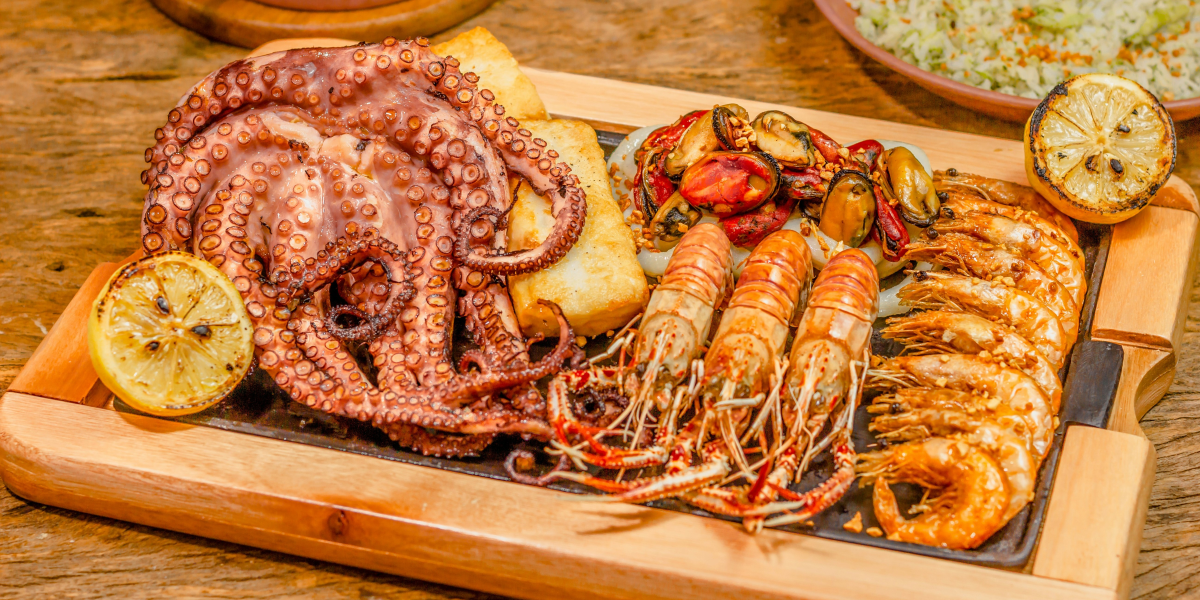John Pernick, a partner with the business litigation firm, Bergeson LLP, is more than an impressive attorney – he is a competitive sailor. Throughout Pernick’s sailing history, individually and as a member of a team, Pernick has earned recognition nationally and internationally, including as current World and North American champions. Now, he is sharing the surprising crossover between these two pursuits and the essential skills that helped him succeed as both a sailor and an attorney.
- Preparation and Planning
Successful sailing campaigns begin with preparation and planning. The boat and all its equipment must be functioning properly and able to withstand the forces it will encounter. Sailors must have complete knowledge of the rules for the competitions and research the geography and weather of the course they will be sailing. Likewise, an attorney must lay a solid foundation for their case through thorough research and investigation. Both activities require anticipating potential obstacles and formulating a strategy for success. Just as successful sailors ensure they have the proper equipment and supplies for whatever they might confront, an attorney gathers evidence, witnesses, and legal precedents to build a strong case.
“We make sure everything is up and running and check for things that might break down,” says Pernick. “It prepares us to take whatever comes, make the best out of it, and come out on top.”
- Adapting to Changing Conditions
“The interesting thing about sailing is you never know what you’re going to get,” says Pernick. “The same goes for litigation. You never know what the other side will throw at you and whether it will be good or bad.”
Both sailing and litigation are subject to unpredictable conditions. Sailors must remain flexible, adjusting their tactics to account for weather and equipment failure, among other issues. Similarly, attorneys must be agile and responsive, adapting their legal arguments in response to courtroom developments. Both a sailor and an attorney must prepare for disaster and, conversely, seize opportunities as they arise.
- Effective Collaboration
Clear communication with teammates is crucial, both on the water and in the courtroom. Sailing requires coordinated actions and responses, meaning effective crew member collaboration is a must. Similarly, attorneys must work together as a team with their clients to ensure no conflicts in how their case is developed and the evidence presented.
“I’ve been lucky in my legal career to always work with firms and people who are well-trained, smart, and cooperative,” Pernick explains. “Sailors have egos. Lawyers have egos. We have to understand our egos, to work with them, so we can achieve the overall goal: coming to the best result for the sailing team or the client. No one person is going to end up better than the others.”
- Asking Questions and Connecting with Colleagues
There is always something to learn. No matter the career, the best way to advance and grow is to ask questions.
“It’s difficult to ask someone how they did something,” admits Pernick. “Often, in both sailing and litigation, the ones we would ask are our competitors – but, in my experience, people who are good at what they do are generally very willing to talk to you and help you improve.”
This valuable knowledge sharing comes for free and often leads to additional rewards, such as experts to call on in times of need, future job opportunities, and potential collaborations. Earlier in his sailing and litigation journeys, Pernick attributes his success to the teachers and teammates who trusted him with responsibility. As both an attorney and a sailor, these moments gave Pernick the chance to show his skills – and his shortcomings.
“Understand: You don’t know everything,” says Pernick. “Don’t be afraid to display ignorance. What makes both sailing and litigation fun are the opportunities to learn something new.”
The connections between sailing and practicing litigation highlight the essential elements of preparation, adaptability, collaboration, and question-asking. By recognizing these similarities, aspiring attorneys can draw inspiration from the world of sailing, navigating the challenging waters of litigation with confidence and success.












